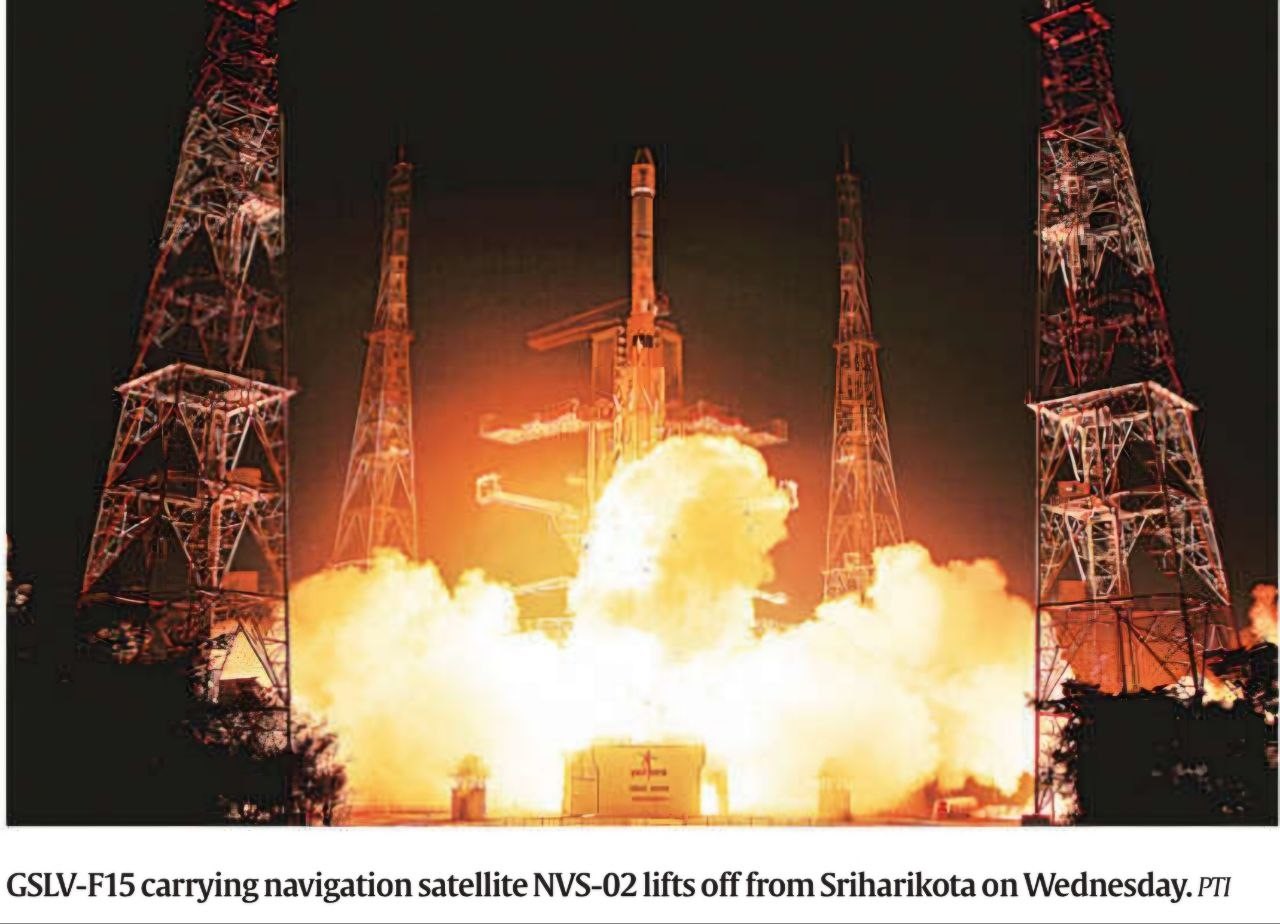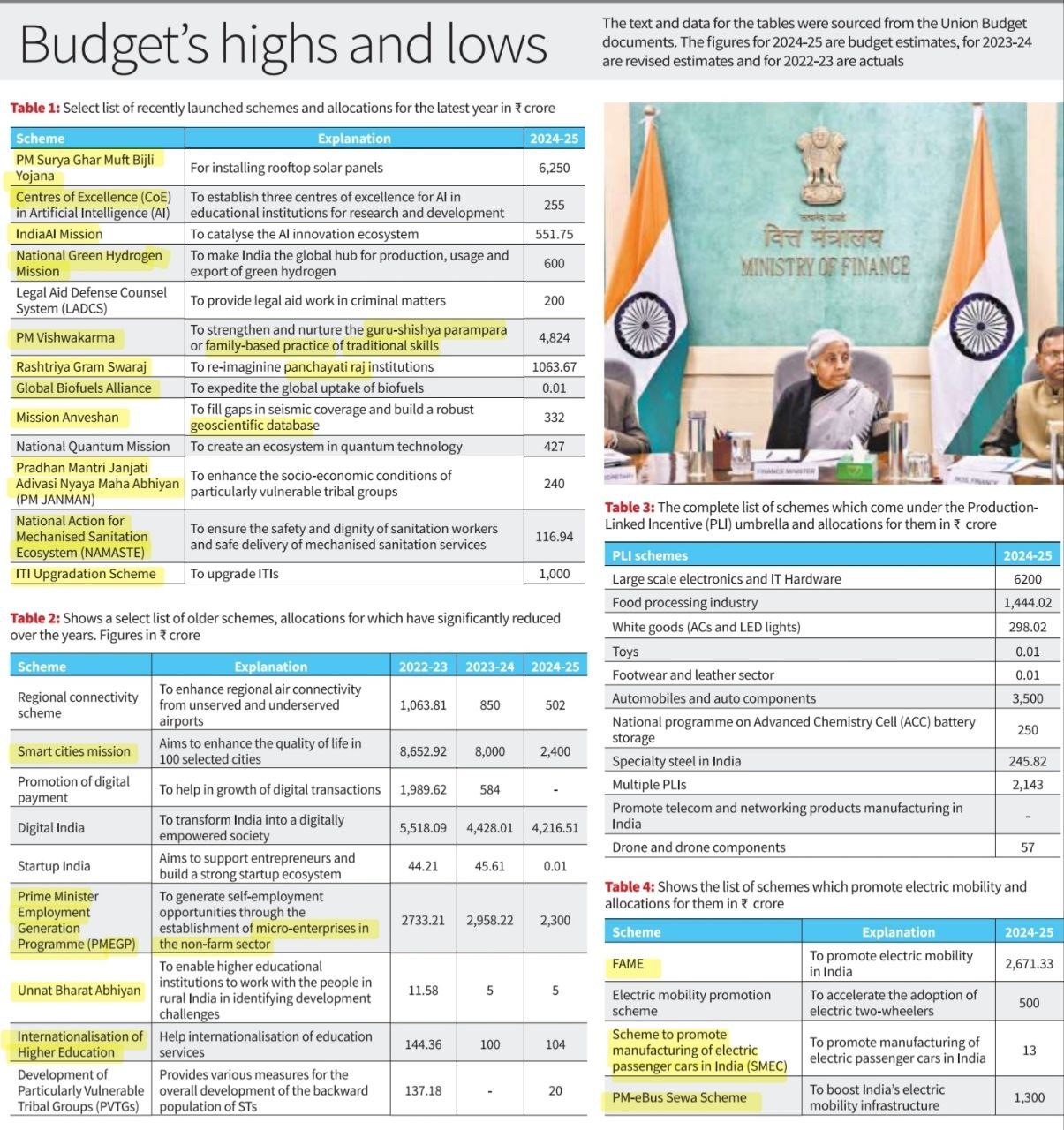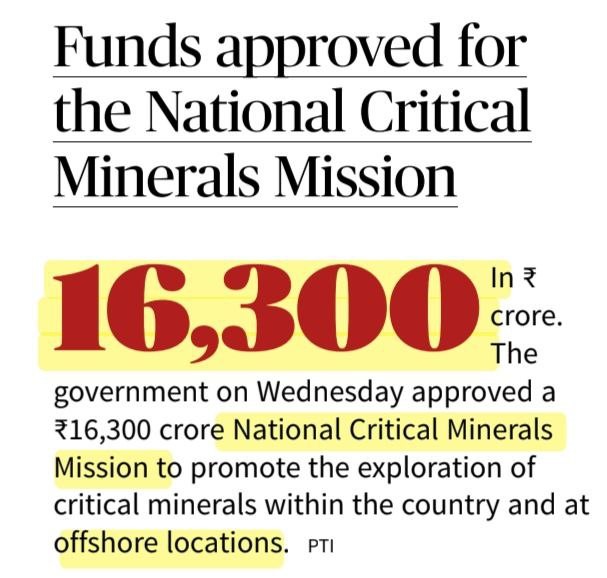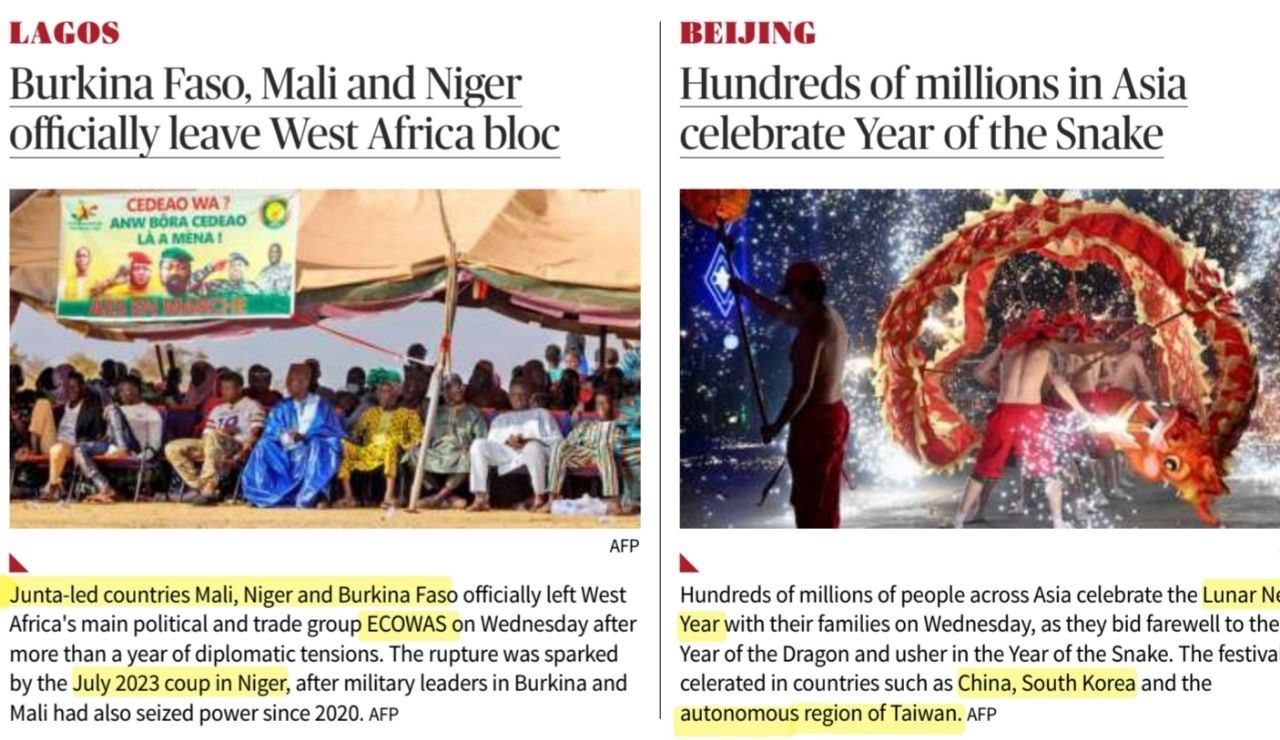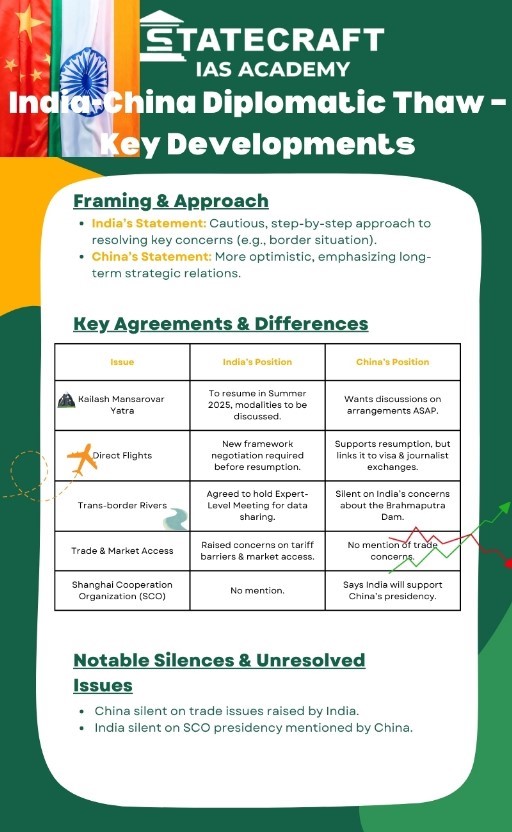Index:
- PM Surya Ghar Scheme – Rooftop Solar Installation Scheme
- Russia-Syria Relations & Military Base Retention
- Kumbh Mela Stampede – Crowd Management & Governance Failures
- Mahatma Gandhi National Rural Employment Guarantee Scheme (MGNREGS)
- India-China Diplomatic Thaw: Key Developments and Analysis
- ISRO’s 100th Launch: Journey So Far & Upcoming Ventures
- Old and New schemes ahead of Budget
- News in Short
- India-China Diplomatic thaw-key developments-Infografic
- The PROMISE OF NUCLEAR FUSION - infografic
1. PM Surya Ghar Scheme – Rooftop Solar Installation Scheme
Context:
- The PM Surya Ghar Scheme was launched with a budget of ₹75,000 crore to promote rooftop solar installations in Indian households.
- Officially launched on February 15, 2024 following the inauguration of the Ram temple in Ayodhya by PM Narendra Modi.
- Target: 1 crore households to install rooftop solar panels.
Current Progress & Challenges
- 5 lakh households have installed rooftop solar panels so far (8.5% of the target).
- 20 lakh applications were received via the Surya Ghar portal, but only 5 lakh were completed as of October 2024.
- Government aims to meet the 1 crore target within the next 2-3 years.
- Delays due to rain-related issues, but the government is working to ensure 12 lakh households get covered in the financial year 2024-25.
Subsidy Structure
- The government provides subsidies for rooftop solar panel installations:
- 60% subsidy for systems up to 2 kW.
- 40% subsidy for additional capacity between 2 kW – 3 kW.
- Subsidy cap at 3 kW.
- Subsidy rates based on benchmark prices:
- ₹30,000 for a 1-kW
- ₹60,000 for a 2-kW
- ₹78,000 for a 3-kW system or higher.
Government Initiatives & Renewable Energy Growth
- India’s renewable energy capacity has grown significantly:
- 52 GW (2014) → 220 GW (2024) (200% increase).
- Daily installations increased from 3,000 to 9,000 per day.
- Grid-connected solar power tariff has reduced 80%:
- ₹10.95 per unit (2010-11) → ₹2.15 per unit (2024).
- India is emerging as a leader in affordable renewable energy.
Key Points
- The PM Surya Ghar Scheme is a major initiative under India’s energy transition strategy.
- Aims to promote solar energy adoption, reduce dependency on fossil fuels, and achieve energy security.
- Highlights India’s commitment to sustainable energy, climate change mitigation, and decarbonization.
- The scheme supports affordable clean energy, reducing electricity costs for households.
- Challenges include slow implementation, weather-related delays, and logistical hurdles.
2. Russia-Syria Relations & Military Base Retention
Context
- Russia held “frank discussions” with Syria’s new de facto leader, Mohammed al-Jolani (Ahmed al-Sharaa).
- The talks were aimed at ensuring Russia retains its two military bases in Syria.
Key Developments
- Former Syrian President Bashar al-Assad was toppled by Jolani’s militant group in December and fled to Russia.
- Jolani’s demand:
- Requested Moscow hand over Bashar al-Assad.
- Called for compensation, reconstruction, and recovery aid to rebuild trust.
- The Syrian news agency SANA reported that Damascus also wants Russia’s backing, similar to what was given to Assad during Syria’s civil war.
Russia’s Strategic Interests in Syria
- Russia has been a key ally of Assad during Syria’s civil war, providing troop and air support against Syrian rebels.
- It aims to retain two critical military bases:
- Naval base in Tartous (Russia’s only Mediterranean naval base).
- Hmeimim Air Base near Latakia.
- Geopolitical significance:
- Losing these bases would weaken Russia’s regional power projection in the Middle East.
- Maintains Russia’s presence in the Eastern Mediterranean.
Kremlin’s Response
- Russia declined to comment on the demand to return Assad.
- Kremlin Spokesman Dmitry Peskov did not confirm whether such a request was made.
Implications for Global Geopolitics
- Middle East power balance:
- If Russia loses influence in Syria, it could alter power dynamics in the region.
- Possible greater Western influence through the US & NATO allies.
- Russia’s declining influence?
- Syria has been a key Russian stronghold.
- The situation reflects Russia’s challenges in maintaining global influence post-Ukraine war.
- Impact on Syria:
- Ongoing civil war and political instability.
Possibility of new alliances and foreign intervention in Syria’s future governance.
3. Kumbh Mela Stampede – Crowd Management & Governance Failures
Context
- A stampede occurred at the Maha Kumbh Mela in Prayagraj, Uttar Pradesh on January 29.
- This is the third such incident in recent months, highlighting India’s record of deadly religious gatherings.
Causes of the Stampede
- Uncontrolled surge of devotees at the bathing ghats.
- Lack of proactive crowd management measures despite prior knowledge of high attendance.
- Prioritization of VIP visitors over the general public.
- Failure to regulate traffic leading to congestion.
- Inadequate fire safety, infrastructure, and emergency response mechanisms.
Scale of the Event & Government Estimates
- 100 million people were expected to attend the holy dip on Mauni Amavasya.
- By 10 a.m. on January 29, around 36 million people had already completed the ritual.
- Despite road closures, the surge overwhelmed the system, leading to chaos.
Governance & Administrative Failures
- Delayed official response:
- The Uttar Pradesh government was slow in announcing the casualties (30 dead, 60 injured).
- This deviated from standard disaster response protocols, raising concerns over transparency.
- Comparison with past failures:
- Similar opacity was observed during the second COVID-19 wave (March 2021), when bodies were seen floating in the Ganga.
- Pattern of recurring stampedes:
- 6th major stampede at the Kumbh Mela in the last 70 years.
- Kumbh Mela is held every 3 years at one of four locations:
- Prayagraj, Haridwar, Nashik, Ujjain.
Crowd Management & Technological Interventions
- Use of aerial surveillance and mobile tracking to monitor movement.
- The government aimed to manage a temporary population twice the size of Uttar Pradesh’s (200+ million) during Kumbh Mela.
- Temporary district (65 km²) around Triveni Sangam:
The confluence area itself is only 1 km in diameter, requiring constant crowd monitoring.
4. Mahatma Gandhi National Rural Employment Guarantee Scheme (MGNREGS)
Context:
- Launched in 2005, MGNREGS is a social security scheme aimed at providing employment opportunities and ensuring livelihood security for rural households.
- The scheme guarantees 100 days of wage employment in a financial year to every household whose adult members volunteer to do unskilled manual work.
Key Objectives:
- Enhance livelihood security in rural areas by providing at least 100 days of guaranteed wage employment.
- Create durable assets such as roads, canals, ponds, and wells.
- Reduce rural-urban migration by providing rural households with employment opportunities within their vicinity.
- Promote social inclusion and ensure the involvement of marginalized communities.
Implementation and Challenges:
- Implemented by the Gram Panchayats; works include water conservation, afforestation, and rural infrastructure development.
- The efficacy of the program is directly linked to the enthusiasm of the implementing government.
- Budget allocations have been a challenge, with allocations decreasing from 3.2% of the GDP in FY21 to 1.78% in FY25 (BE).
- Issues like wage delays and Aadhaar-based payment system challenges impact the scheme’s success.
- Need for wage adjustments to match inflation rates to ensure adequate support for rural workers.
Impact and Benefits:
- Provides sustenance to both rural workers and migrant labor returning to their rural homes post-lockdowns.
- Helps in the creation of valuable village assets such as irrigation canals, rural roads, and water conservation facilities.
As a demand-driven exercise, it ensures disposable income for the village poor, contributing to the rural economy.
5. India-China Diplomatic Thaw: Key Developments and Analysis
Context
India and China have experienced strained relations, particularly following the 2020 Galwan Valley clash, which resulted in significant military and diplomatic tensions. Recent initiatives indicate a mutual effort to improve bilateral ties.
Recent Developments
- Resumption of Direct Flights: After nearly five years, India and China have agreed to resume direct air services. Officials from both nations will negotiate the framework for these flights, aiming to enhance people-to-people connectivity and economic interactions.
- Exchange of Journalists: Both countries have committed to facilitating the exchange of journalists, promoting better mutual understanding and accurate representation in media.
- Border Patrol Agreement: In October 2024, India and China reached an agreement to resume border patrolling along the Line of Actual Control (LAC), aiming to de-escalate tensions and restore pre-2020 patrolling rights in regions like Depsang Plains and Demchok.
- High-Level Meetings: Indian Prime Minister Narendra Modi and Chinese President Xi Jinping held their first formal bilateral meeting in five years during the BRICS summit in Russia, signaling a potential thaw in relations.
Analysis of Official Statements
The official statements from both countries highlight areas of convergence and divergence:
- Convergences:
- Commitment to Peace: Both nations emphasize the importance of maintaining peace and tranquility along the border areas.
- Economic Cooperation: There’s a mutual recognition of the benefits of economic collaboration, with a focus on enhancing trade and connectivity.
- Divergences:
- Border Disputes: While India stresses the need for clear demarcation and adherence to the LAC, China’s statements are more focused on managing differences without explicitly addressing demarcation.
- Strategic Intentions: India’s statements reflect concerns over China’s regional initiatives, such as the Belt and Road Initiative, whereas China emphasizes broader regional connectivity without addressing specific Indian apprehensions.
Implications for India
- Strategic: The resumption of border patrolling and high-level dialogues may reduce immediate military tensions, allowing India to focus on other strategic priorities.
- Economic: Renewed air connectivity and journalist exchanges could boost bilateral trade and tourism, contributing positively to India’s economy.
Diplomatic: Engaging with China through these initiatives may enhance India’s standing in regional and global forums, showcasing its commitment to peaceful resolution of disputes.
6. ISRO’s 100th Launch: Journey So Far & Upcoming Ventures
- Introduction
- Indian Space Research Organisation (ISRO) celebrated its 100th successful launch, marking a major milestone in India’s space journey.
- Established in 1969 under Vikram Sarabhai, ISRO has become a global leader in space technology and exploration.
- Journey So Far: Major Achievements
- Early Years (1970s – 1990s)
- Aryabhata (1975) – First Indian satellite.
- SLV-3 (1980) – First indigenous satellite launch vehicle, placed Rohini Satellite (RS-1) in orbit.
- PSLV Development (1990s) – Became India’s workhorse for satellite launches.
- Milestones in Space Technology (2000s – 2010s)
- Chandrayaan-1 (2008) – India’s first lunar probe; discovered water molecules on the Moon.
- Mangalyaan (2013) – First interplanetary mission to Mars; India became the first nation to reach Mars in its first attempt.
- PSLV-C37 (2017) – Launched 104 satellites in a single mission, a world record at the time.
- Recent Achievements (2020s – Present)
- Chandrayaan-3 (2023) – Successfully landed near the lunar south pole, making India the fourth country to achieve a soft landing on the Moon.
- Aditya-L1 (2023) – India’s first solar observatory mission.
- Gaganyaan (Planned for 2024-25) – India’s first human spaceflight mission.
- Upcoming Ventures
- Human Spaceflight Program
- Gaganyaan Mission (2024-25) – India’s first manned space mission with three astronauts.
- Vyommitra – A humanoid robot to be sent on a precursor mission before human astronauts.
- Lunar & Planetary Exploration
- Chandrayaan-4 – A possible sample-return mission from the Moon.
- Mangalyaan-2 – Advanced Mars mission in planning.
- Shukrayaan-1 – Venus exploration mission to study the planet’s atmosphere and surface.
- Commercial & Global Collaborations
- NISAR (NASA-ISRO SAR Satellite) – Joint Earth observation satellite with NASA.
- SSLV (Small Satellite Launch Vehicle) – A cost-effective solution for launching small satellites.
- Private Sector Collaboration – Encouraging startups like Agnikul & Skyroot in space technology.
- Significance of ISRO’s Achievements
- Self-Reliance in Space Technology – Reduced dependency on foreign agencies.
- Boost to Economy – Commercial satellite launches generate revenue.
- Scientific & Technological Growth – Advancements in Earth observation, communication, and space exploration.
- Geopolitical Influence – Strengthens India’s position in global space diplomacy.

